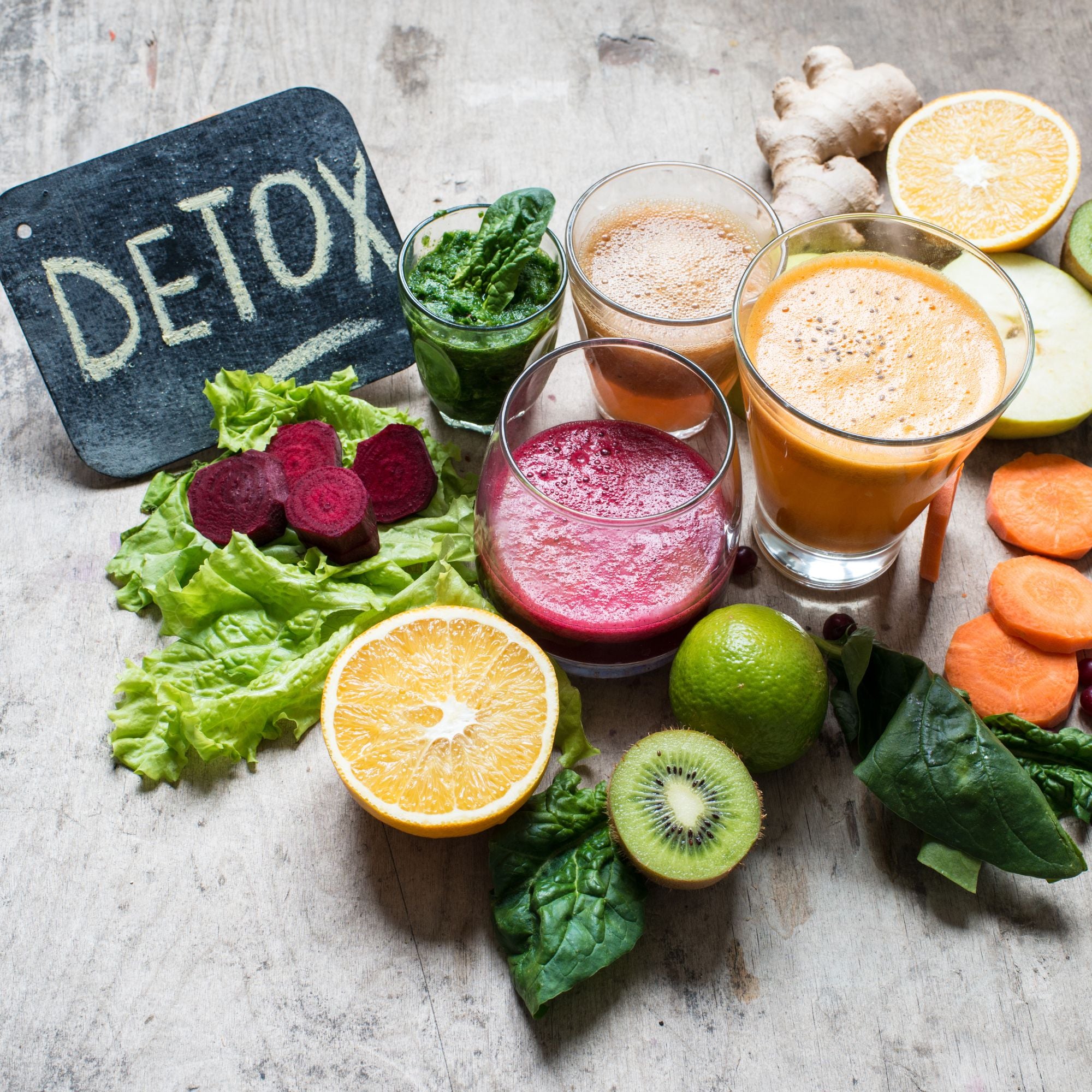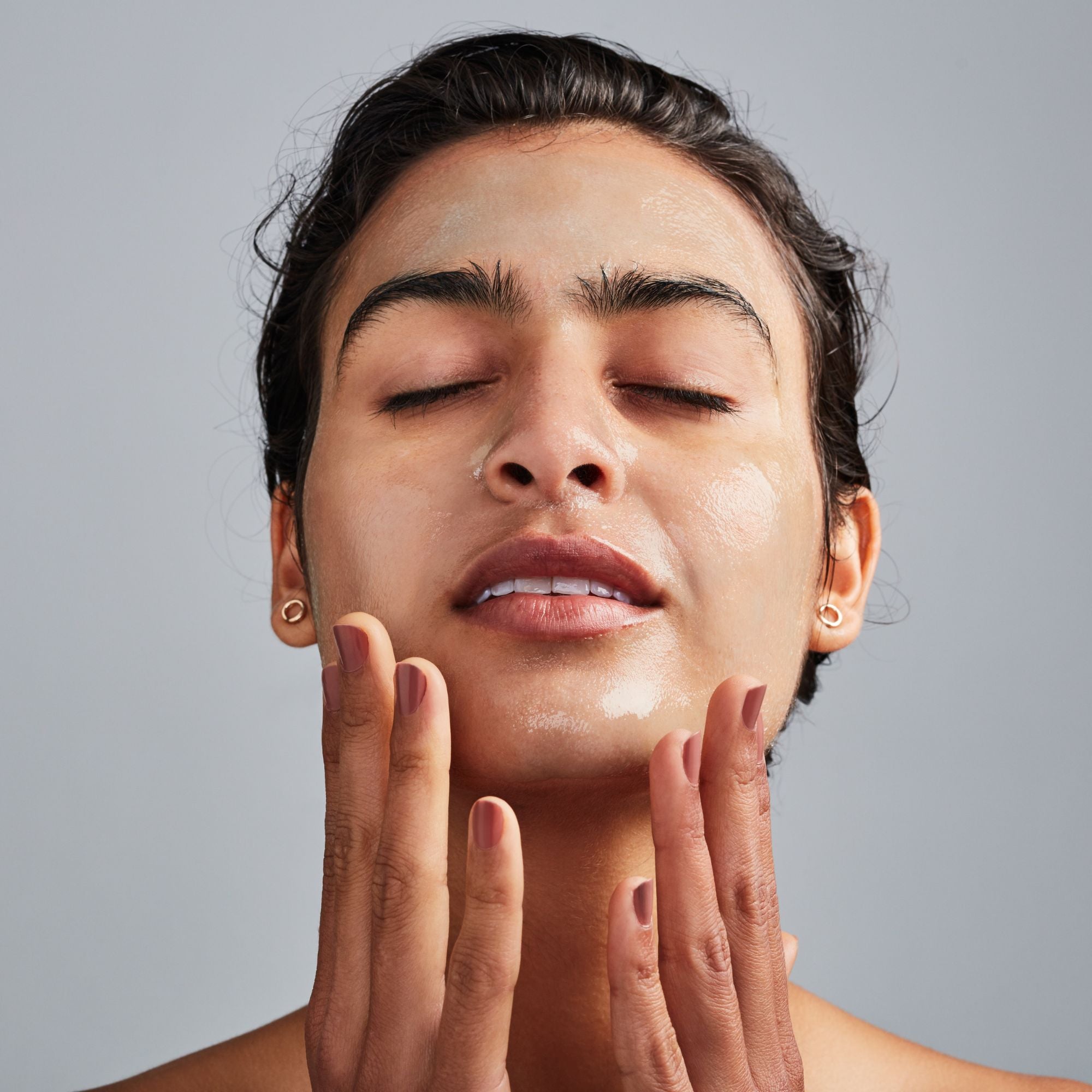Having clear and healthy skin is a goal that many of us strive for. However, sometimes pesky blemishes can appear on our faces and disrupt our quest for flawless skin. These blemishes, whether caused by acne, blackheads, whiteheads, dark spots, or acne scars, can be frustrating to deal with. But fear not, because understanding the different types of blemishes and their treatments is the first step towards achieving clearer skin.
In this article, we will explore the five common types of skin blemishes that can appear on the face. We will discuss the causes, symptoms, and potential treatment options for each type of blemish, empowering you to take control of your skin health.
Key Takeaways:
- Five common types of blemishes can appear on the face.
- These blemishes include acne, blackheads, whiteheads, dark spots, and acne scars.
- Understanding the causes and symptoms of each blemish can help in identifying and treating them effectively.
- Treatment options for face blemishes include topical creams, exfoliation techniques, professional treatments, and natural remedies.
- By utilizing proper treatment methods, you can achieve clearer and healthier skin.
Common Types of Blemishes on the Face
When it comes to facial blemishes, there are five common types that you should be familiar with: acne, blackheads, whiteheads, dark spots, and acne scars. Each of these blemishes has its own characteristics, causes, and identifying features. By understanding them better, you will be equipped to take the necessary steps towards treating and preventing them.
Acne
Acne is a common skin condition that occurs when hair follicles become clogged with oil and dead skin cells, resulting in pimples, blackheads, and whiteheads. It can be caused by hormonal changes, excess oil production, bacteria, or even certain medications. Acne is often characterized by red, inflamed bumps on the face, chest, and back.

Blackheads and Whiteheads
Blackheads and whiteheads are also types of acne that occur when pores become clogged with oil and dead skin cells. Blackheads are open comedones that appear as tiny black or dark bumps on the skin's surface, while whiteheads are closed comedones that appear as small, flesh-colored bumps. Both can be unsightly and may lead to further inflammation and acne breakouts.

Dark Spots
Dark spots, also known as hyperpigmentation, are areas of the skin that appear darker than the surrounding skin tone. They can be caused by acne breakouts, sun exposure, hormonal changes, or skin injuries. Dark spots can be flat or raised and vary in size and shape. They often take time to fade, but there are treatments available to help reduce their appearance.

Acne Scars
Acne scars are permanent marks or indentations on the skin that result from severe acne breakouts. They occur when the acne lesion damages the deeper layers of the skin, causing the body to produce excess collagen during the healing process. Acne scars can be pitted, raised, or have a discolored appearance. Treating acne scars may require professional intervention.
By understanding the characteristics, causes, and identifying features of these common facial blemishes, you can take proactive steps towards preventing and treating them. In the next section, we will explore effective treatment options for face blemishes, helping you achieve clearer and healthier skin.

Effective Treatment Options for Face Blemishes
When it comes to treating blemishes on your face, there are several effective options available. Whether you prefer traditional methods or are seeking alternative remedies, there are solutions that can help you achieve clearer, healthier skin.
One of the most common blemish treatments is the use of topical creams. These creams contain ingredients that target specific blemishes, such as acne, blackheads, or dark spots. They work by reducing inflammation, unclogging pores, and promoting cell turnover, resulting in clearer skin. It is important to choose a cream that suits your skin type and follow the recommended usage instructions for optimal results.
Exfoliation techniques are another popular way to get rid of blemishes. By gently scrubbing the skin, exfoliation helps remove dead skin cells, unclog pores, and reduce the appearance of blemishes. You can use physical exfoliants like scrubs or brushes, or opt for chemical exfoliants such as alpha hydroxy acids (AHAs) or beta hydroxy acids (BHAs).
If you're looking for professional treatments, there are various options available as well. Dermatologists and skincare specialists offer treatments like chemical peels, microdermabrasion, and laser therapy that can effectively address blemishes. These treatments work by targeting the underlying causes of blemishes and promoting skin rejuvenation.
If you prefer natural remedies, there are plenty of options to explore. Ingredients like tea tree oil, witch hazel, aloe vera, and honey have been known to have anti-inflammatory and antimicrobial properties, making them effective in treating blemishes. You can incorporate these natural remedies into your skincare routine or create DIY face masks to help soothe and heal your skin.

By exploring these blemish treatment options, you can find the one that suits your preferences and addresses your specific concerns. Whether you choose topical creams, exfoliation techniques, professional treatments, or natural remedies, consistent and proper usage is key to achieving clear, blemish-free skin. Remember to consult with a dermatologist or skincare professional for personalized advice and guidance.
Also Read - Essential Holi Skincare Tips: Safeguard Your Skin And Hair
FAQ
What are the different types of blemishes that can appear on the face?
The common types of blemishes on the face include acne, blackheads, whiteheads, dark spots, and acne scars.
What causes these blemishes to appear?
Blemishes can be caused by various factors such as excess oil production, clogged pores, hormonal changes, bacteria, and inflammation.
How can I identify these different types of blemishes?
Acne is characterized by red, inflamed bumps, while blackheads are small, dark-colored bumps. Whiteheads are similar to blackheads but have a white or yellowish appearance. Dark spots are patches of discoloration, and acne scars are permanent marks left after acne has healed.
What are the possible treatments for blemishes on the face?
There are several effective treatment options for face blemishes, such as using topical creams with acne-fighting ingredients, regular exfoliation to remove dead skin cells, seeking professional treatments like chemical peels or laser therapy, and trying natural remedies like tea tree oil or aloe vera.
How can I get rid of blemishes and achieve clearer skin?
Achieving clearer skin involves following a consistent skincare routine, including cleansing your face twice a day, using non-comedogenic and oil-free products, avoiding touching or picking at blemishes, protecting your skin from sun damage, and maintaining a healthy lifestyle with balanced nutrition and regular exercise.
Read More - Acne Diet N Foods That Cause Pimples




